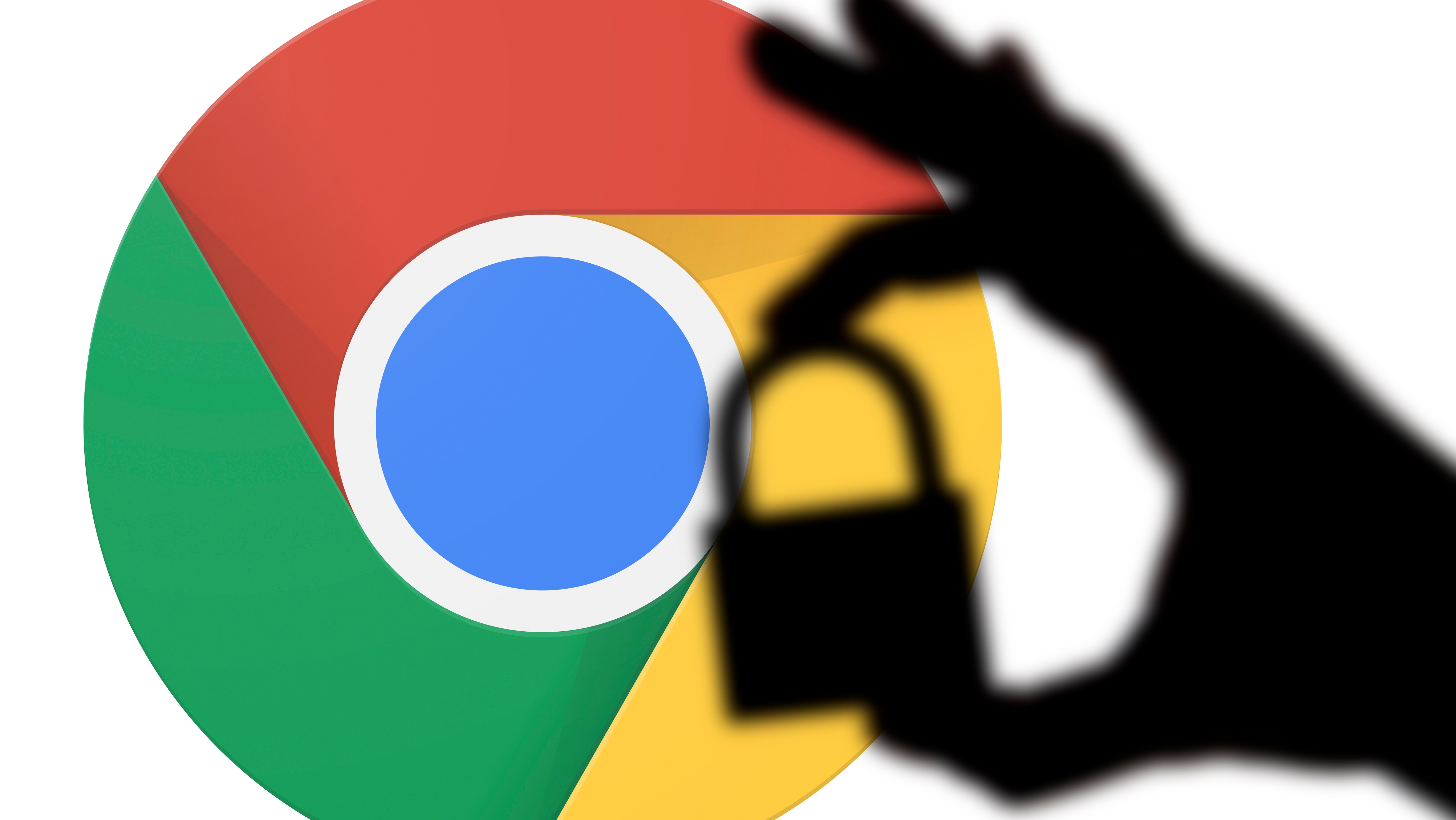Chrome 76 blocks Flash by default and stops websites detecting Incognito Mode
Rolling out to all platforms from today

Chrome 76 has been released today on all platforms, and it’s brought with it a number of security patches, bug fixes and handy features to help with your browsing.
The most notable change for most users will be how Google is choosing to handle any Flash Player content that’s still lingering around the web. While the move to kill off Adobe’s archaic format has been in the works for a few years, Chrome will now officially block Flash by default.
Since 1996, Flash content has allowed web users to view and interact with media online, but since the launch of standards such as HTML5, WebGL and WebAssembly, it has become redundant and something of a potential security hazard.
For now, users can still enable it manually every time they want Flash media to be played but, considering that Adobe will be discontinuing the format entirely next year, this feature will be relatively short-lived.
- Google Chrome for desktop is finally getting a dark mode
- Google is cracking down on snooping Chrome extensions
- How to remove suggested URLs from Google Chrome
As we reported earlier in July, Google is also plugging a loophole that allowed websites to easily detect when a user is browsing in Chrome’s Incognito Mode, something that was particularly problematic for people in political or social situations that warranted them to conceal their web activity.
Previously, websites that employed a metered paywall (one that offered a limited amount of free articles) would use this method of detection to stop those browsing the web from avoiding detection and exceeding the metered limit.
A side effect of this loophole being plugged is that, these websites will no longer be able to tell when you’re browsing Incognito, and users will now be able to reliably bypass these paywalls.
Sign up for breaking news, reviews, opinion, top tech deals, and more.
Outside of these two major improvements, Chrome 76 implements a total of 43 security fixes, offers a variety of minor tweaks, and a host of developer-facing improvements – the full rundown of which can be found here.
Chrome 76 is currently rolling out for Windows, Mac, Linux, iOS and Android.
